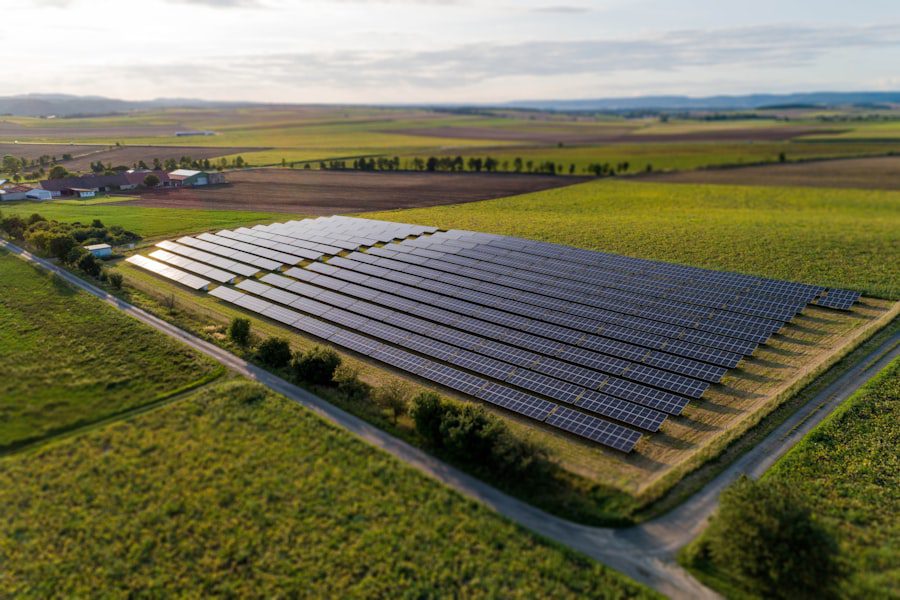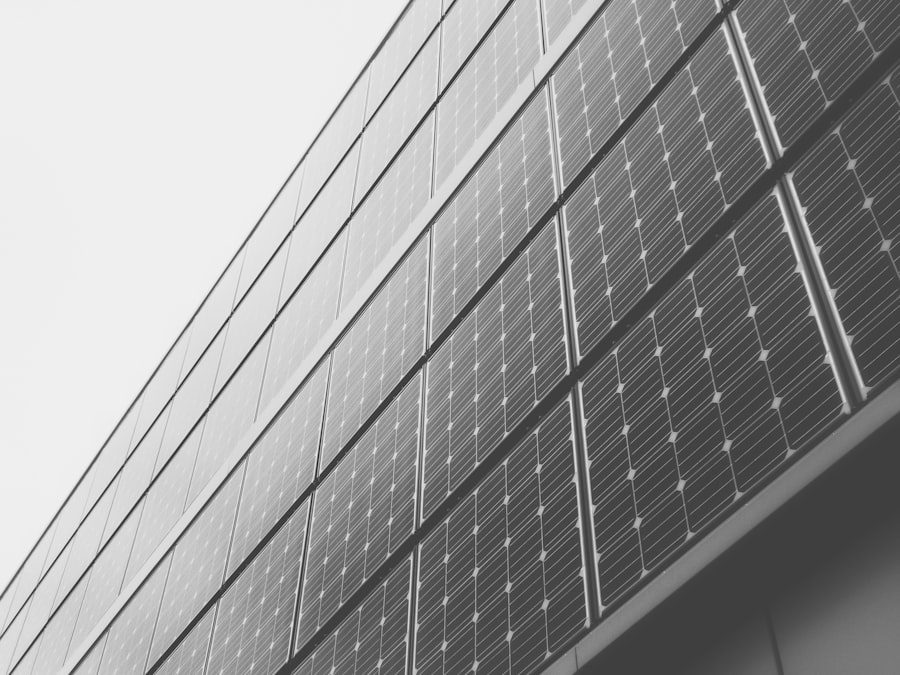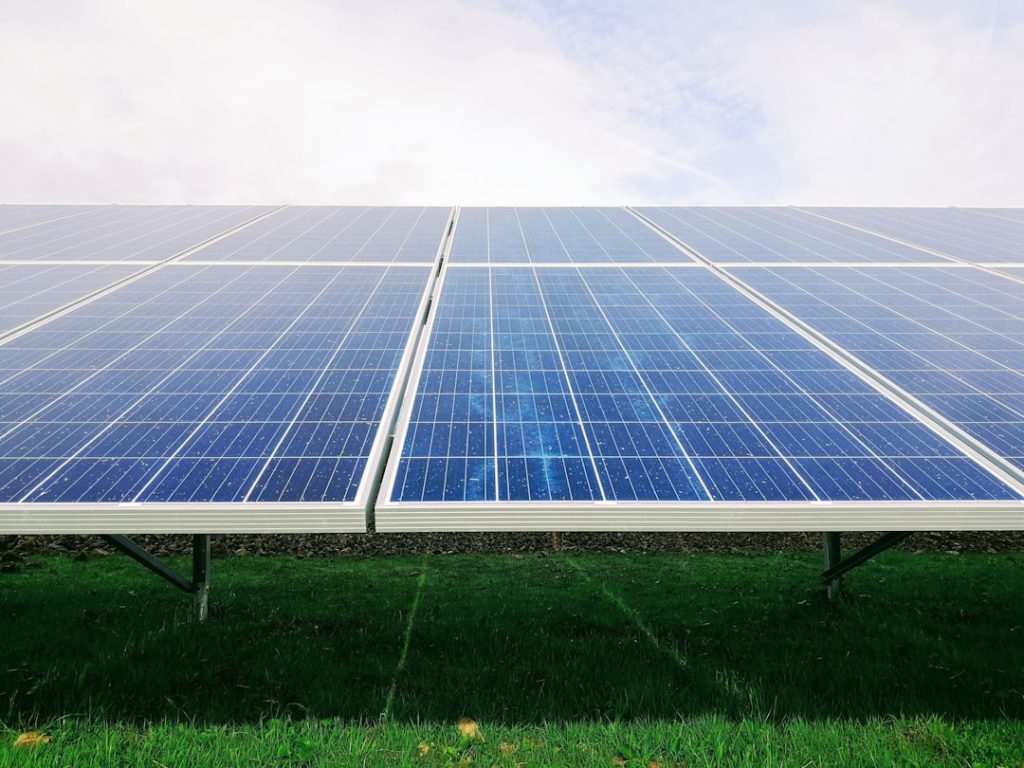Energy efficiency refers to the practice of utilizing less energy to achieve the same level of service or output. This concept has significant implications for the environment, economy, and overall quality of life. By reducing energy consumption, we can decrease greenhouse gas emissions, lessen dependence on fossil fuels, and reduce utility costs.
Energy efficiency can be achieved through various methods, including the use of energy-efficient appliances and systems, improving building insulation and sealing, and adopting energy-conserving habits in daily life. A key principle of energy efficiency is “energy conservation,” which involves reducing energy consumption through behavioral changes and technological advancements. Examples include turning off unused lights and appliances, utilizing programmable thermostats for heating and cooling regulation, and investing in energy-efficient lighting and appliances.
Another important aspect of energy efficiency is the incorporation of renewable energy sources, such as solar and wind power, which can further decrease reliance on non-renewable resources. In essence, energy efficiency aims to use less energy while maintaining the same level of service across various applications, including home heating and cooling, powering appliances, and fueling vehicles. By understanding and implementing energy-efficient practices, individuals can contribute to a more sustainable and environmentally friendly future.
Key Takeaways
- Energy efficiency is the use of less energy to provide the same service, such as lighting or heating, and is achieved through various means such as insulation, energy-efficient appliances, and smart technology.
- High-efficiency solutions for homes and businesses include LED lighting, energy-efficient HVAC systems, and smart thermostats, which can significantly reduce energy consumption and costs.
- Implementing energy-saving practices in daily life, such as turning off lights and unplugging electronics when not in use, can contribute to overall energy efficiency and cost savings.
- Technology plays a crucial role in maximizing energy efficiency, with advancements in smart home devices, energy management systems, and renewable energy sources leading the way.
- Government incentives and programs, such as tax credits and rebates, are available to encourage energy efficiency investments and help offset the costs of high-efficiency appliances and systems.
Identifying High-Efficiency Solutions for Home and Business
Home Energy Efficiency Solutions
For homeowners, this can include investing in energy-efficient windows and doors, upgrading to ENERGY STAR-rated appliances, and improving insulation and sealing to reduce heating and cooling losses.
Business Energy Efficiency Solutions
For businesses, high-efficiency solutions can range from upgrading to energy-efficient lighting and HVAC systems to implementing energy management systems that monitor and optimize energy usage. In addition to these measures, renewable energy technologies such as solar panels and wind turbines can also be considered as high-efficiency solutions for both homes and businesses.
Smart Technologies for Energy Efficiency
Furthermore, adopting smart technologies such as smart thermostats, lighting controls, and energy management systems can also contribute to maximizing energy efficiency in both residential and commercial settings. In conclusion, identifying high-efficiency solutions for homes and businesses is essential for reducing energy consumption and lowering utility costs. By investing in energy-efficient appliances and systems, implementing building design techniques that maximize energy conservation, and considering renewable energy technologies, we can all contribute to a more sustainable future.
Implementing Energy-Saving Practices in Daily Life

Implementing energy-saving practices in daily life is an important step towards maximizing energy efficiency and reducing our environmental impact. There are various simple yet effective measures that individuals can take to save energy at home, such as turning off lights and appliances when not in use, using natural light whenever possible, and adjusting thermostats to conserve heating and cooling. Additionally, adopting water-saving practices, such as fixing leaks and using water-efficient fixtures, can also contribute to overall energy conservation.
Another important aspect of implementing energy-saving practices is reducing energy consumption in transportation. This can include carpooling, using public transportation, biking, or walking whenever possible. Additionally, choosing fuel-efficient vehicles or electric cars can also significantly reduce our carbon footprint and overall energy usage.
In summary, implementing energy-saving practices in daily life is essential for maximizing energy efficiency and reducing our environmental impact. By adopting simple measures such as turning off lights and appliances when not in use, using natural light, adjusting thermostats, and reducing energy consumption in transportation, we can all contribute to a more sustainable future.
The Role of Technology in Maximizing Energy Efficiency
| Technology | Energy Efficiency Impact |
|---|---|
| LED Lighting | Reduces energy consumption by up to 80% |
| Smart Thermostats | Optimizes heating and cooling, saving up to 20% on energy costs |
| Solar Panels | Generates renewable energy, reducing reliance on grid power |
| Energy Management Systems | Monitors and controls energy usage for maximum efficiency |
Technology plays a crucial role in maximizing energy efficiency across various sectors, from residential and commercial buildings to industrial processes and transportation. Advancements in building automation systems, smart appliances, and energy management software have enabled more precise control over energy usage and optimization of energy consumption. For example, smart thermostats can learn user preferences and adjust heating and cooling settings accordingly, while building automation systems can monitor and control lighting, HVAC, and other building systems to minimize energy waste.
In addition to building technologies, advancements in renewable energy technologies such as solar panels, wind turbines, and energy storage systems have also played a significant role in maximizing energy efficiency. These technologies enable the generation of clean and sustainable power while reducing reliance on non-renewable resources. Furthermore, electric vehicles and advancements in fuel-efficient transportation technologies have also contributed to reducing energy consumption in the transportation sector.
In conclusion, technology plays a crucial role in maximizing energy efficiency across various sectors. Advancements in building automation systems, smart appliances, renewable energy technologies, and fuel-efficient transportation technologies have all contributed to reducing energy consumption and lowering our environmental impact.
Government Incentives and Programs for Energy Efficiency
Governments around the world have implemented various incentives and programs to promote energy efficiency and encourage individuals and businesses to adopt high-efficiency solutions. These incentives can include tax credits for purchasing energy-efficient appliances or installing renewable energy systems, rebates for upgrading to high-efficiency HVAC systems or insulation, and grants for implementing energy-saving measures in buildings or industrial processes. Additionally, governments may also offer low-interest loans or financing options for investing in high-efficiency appliances or renewable energy technologies.
Furthermore, governments may also implement regulations and standards that require certain levels of energy efficiency in buildings, appliances, vehicles, and industrial processes. These regulations can help drive market demand for high-efficiency solutions while ensuring that minimum levels of energy performance are met across various sectors. In summary, government incentives and programs play a crucial role in promoting energy efficiency and encouraging individuals and businesses to adopt high-efficiency solutions.
By offering tax credits, rebates, grants, financing options, and implementing regulations and standards, governments can help drive market demand for high-efficiency solutions while ensuring that minimum levels of energy performance are met across various sectors.
Investing in High-Efficiency Appliances and Systems

Here is the rewritten text with 3-4 **Maximizing Energy Efficiency**
**The Benefits of High-Efficency Appliances**
Investing in high-efficiency appliances and systems is a key strategy for maximizing energy efficiency at home or in a business setting. Energy-efficient appliances such as refrigerators, washing machines, dishwashers, air conditioners, and water heaters are designed to consume less energy while providing the same level of service as their standard counterparts.
**Reducing Overall Energy Consumption**
Similarly, high-efficiency HVAC systems
The Future of Energy Efficiency: Innovations and Trends
The future of energy efficiency is filled with exciting innovations and trends that promise to further reduce our environmental impact while improving our quality of life. Advancements in building materials and construction techniques are enabling the development of ultra-energy-efficient buildings that require minimal heating and cooling. Additionally, smart grid technologies are revolutionizing the way we generate, distribute, and consume electricity by enabling more efficient management of power resources.
Furthermore, advancements in renewable energy technologies such as solar panels, wind turbines, and energy storage systems are making clean and sustainable power more accessible than ever before. Electric vehicles are becoming increasingly popular as advancements in battery technology enable longer driving ranges and faster charging times. Additionally, advancements in artificial intelligence (AI) are enabling more precise control over energy usage through predictive analytics and machine learning algorithms.
In conclusion, the future of energy efficiency is bright with exciting innovations and trends that promise to further reduce our environmental impact while improving our quality of life. Advancements in building materials, construction techniques, smart grid technologies, renewable energy technologies, electric vehicles, and artificial intelligence are all contributing to a more sustainable future with reduced reliance on non-renewable resources.
If you’re interested in high-efficiency energy solutions, you may also want to check out this article on innovative packaging for coal and briquettes. This article discusses how innovative packaging solutions can help improve the efficiency and environmental impact of traditional energy sources like coal and briquettes. It’s a great example of how small changes in packaging and distribution can make a big difference in energy conservation.
FAQs
What are high-efficiency energy solutions?
High-efficiency energy solutions are technologies and practices that aim to reduce energy consumption and improve energy utilization in various applications, such as buildings, industrial processes, and transportation.
What are some examples of high-efficiency energy solutions?
Examples of high-efficiency energy solutions include LED lighting, energy-efficient appliances, smart thermostats, building insulation, energy management systems, and renewable energy technologies like solar panels and wind turbines.
How do high-efficiency energy solutions benefit the environment?
High-efficiency energy solutions help reduce greenhouse gas emissions and mitigate climate change by lowering energy consumption and reliance on fossil fuels. They also contribute to resource conservation and environmental sustainability.
What are the economic benefits of high-efficiency energy solutions?
Implementing high-efficiency energy solutions can lead to cost savings through reduced energy bills, lower maintenance expenses, and potential financial incentives or rebates offered by governments or utility companies. Additionally, these solutions can enhance the value and marketability of properties.
How can individuals and businesses adopt high-efficiency energy solutions?
Individuals and businesses can adopt high-efficiency energy solutions by investing in energy-efficient appliances and equipment, conducting energy audits to identify opportunities for improvement, and integrating renewable energy sources into their operations. They can also seek guidance from energy professionals and take advantage of available incentives and financing options.



